The pursuit of an idealized physique has long been a cultural undercurrent, but for gay men, this pressure has intensified in recent years, fueled by social media, societal expectations, and the unique dynamics of queer culture. The constant barrage of chiseled torsos, perfectly curated Instagram feeds, and idealized representations of masculinity has left many grappling with their body image and sexual confidence. This phenomenon is not just a personal struggle—it’s a growing crisis with far-reaching implications for mental health, relationships, and community well-being. What drives this pressure, and how can gay men reclaim their sense of self-worth in a world obsessed with perfection?
The Cultural Context of Body Image in the Gay Community
Body image concerns are not exclusive to gay men, but they manifest uniquely within this community due to a confluence of historical, cultural, and social factors. Since the emergence of modern gay culture in the mid-20th century, physical appearance has often been a currency of social capital. The gay liberation movement of the 1970s, while empowering in many ways, inadvertently laid the groundwork for a hyper-focus on aesthetics. Icons like the “Castro clone”—a term coined to describe the archetypal gay man of San Francisco’s Castro district, with his tight jeans, leather jackets, and muscular build—became symbols of gay masculinity. This image was both a rebellion against societal stereotypes of effeminacy and a celebration of sexual freedom.
Fast forward to the 21st century, and the legacy of these early archetypes persists, now amplified by digital platforms. Social media has transformed the way gay men perceive themselves and others, creating a virtual stage where bodies are scrutinized, celebrated, or dismissed. The idealized gay male body—lean, muscular, and often hairless—has become a near-universal standard, perpetuated by influencers, fitness models, and even pornography. This standard is not just aspirational; for many, it feels mandatory.
Historical Roots: From Liberation to Expectation
The roots of body image pressures in the gay community can be traced back to the post-Stonewall era. The 1969 Stonewall Riots marked a turning point for gay visibility, but they also coincided with a cultural shift toward hyper-masculinity. As gay men sought to redefine their identities in a world that often stigmatized them, physical strength and attractiveness became tools for asserting power and desirability. The AIDS crisis of the 1980s and 1990s further complicated this dynamic. During this period, a healthy, muscular body became a visible rejection of the emaciated, sickly stereotype associated with HIV/AIDS. For many, gym culture was not just about fitness—it was about survival, both physical and social.
The gym became a sanctuary, a place where gay men could reclaim agency over their bodies in a world that often sought to control or marginalize them. However, this emphasis on physicality also sowed the seeds for exclusionary beauty standards. Those who didn’t fit the mold—whether due to body type, race, or socioeconomic barriers to gym access—often found themselves on the fringes of a community that prized a narrow definition of attractiveness.
The Role of Social Media in Amplifying Pressure
Social media has taken the pre-existing pressures of gay body image to new heights. Platforms like Instagram, TikTok, and Grindr are double-edged swords: they offer spaces for connection and self-expression but also foster relentless comparison. The algorithms that govern these platforms prioritize content that garners engagement, which often means images of flawless physiques and picture-perfect lives. For gay men, scrolling through feeds filled with shirtless selfies, gym routines, and beach vacations can create a feedback loop of inadequacy.
Studies have shown that social media use is correlated with increased body dissatisfaction among men, with gay men reporting higher levels of discontent than their heterosexual counterparts. A 2020 study published in the journal *Body Image* found that gay men who frequently engaged with fitness-related social media content were more likely to experience negative body image and lower self-esteem. The constant exposure to idealized bodies—often enhanced by filters, lighting, or even digital editing—creates a distorted perception of what is “normal” or attainable.
Grindr, a dating and hookup app popular in the gay community, adds another layer of complexity. Profiles often include explicit preferences for body types—“masc only,” “fit only,” or “no fats, no femmes”—reinforcing a hierarchy of desirability. These blunt rejections, while not unique to Grindr, can erode self-confidence, particularly for those who don’t conform to the idealized standard. The anonymity of online interactions can also embolden users to express prejudices they might not voice in person, further deepening feelings of exclusion.
The Influence of Pornography and Media Representation
Pornography, a significant cultural force in the gay community, also plays a role in shaping body image ideals. Mainstream gay adult films often feature performers with hyper-muscular builds, perpetuating the notion that sexual desirability is tied to a specific physique. While pornography is not inherently harmful, its ubiquity and accessibility mean that it often serves as a reference point for what is considered attractive or sexually viable. For young gay men, particularly those still exploring their identities, this can create unrealistic expectations about their own bodies and sexual performance.
Media representation, or the lack thereof, further compounds the issue. While recent years have seen progress in diverse portrayals of gay men in television and film, mainstream media still tends to favor lean, muscular, and conventionally attractive characters. Shows like *Queer as Folk* or *Looking*—while groundbreaking in their time—often centered on characters who fit a narrow aesthetic mold. This lack of representation for diverse body types, ages, and ethnicities reinforces the idea that only certain bodies are worthy of love, desire, or visibility.
The Impact on Sexual Confidence and Mental Health
The pressure to conform to an idealized body image has profound effects on sexual confidence and mental health. Sexual confidence—the belief in one’s desirability and ability to engage in fulfilling sexual relationships—is deeply tied to how individuals perceive their bodies. For gay men who feel they fall short of the “perfect” physique, this can lead to anxiety, shame, or avoidance of intimate situations altogether.
Clinical psychologist Dr. Matthew Skinta, an expert in LGBTQ+ mental health, has noted the link between body image and sexual behavior.
“Many gay men internalize the idea that their worth is tied to their appearance,” Skinta explains. “This can lead to a cycle of shame where they avoid sexual encounters or feel inadequate, even when they’re desired by others.”This cycle can manifest in various ways, from reluctance to undress in front of a partner to seeking validation through compulsive exercise or risky behaviors.
The mental health toll is equally significant. Research consistently shows that gay men are at higher risk for body dysmorphia, eating disorders, and depression compared to heterosexual men. A 2018 study in the *Journal of Abnormal Psychology* found that gay men were more likely to engage in disordered eating behaviors, such as restrictive dieting or binge eating, as a means of achieving a desired body type. The pressure to maintain a certain appearance can also exacerbate anxiety and contribute to feelings of isolation, particularly for those who feel excluded from the broader gay community.
The Intersectionality of Body Image
Body image issues in the gay community are not experienced uniformly. Race, age, socioeconomic status, and disability all intersect with body image, creating layered challenges. For example, gay men of color often face additional pressures to conform to Eurocentric beauty standards, such as lighter skin or specific facial features, which can compound feelings of marginalization. Older gay men may feel invisible in a youth-obsessed culture, where aging bodies are rarely celebrated. Similarly, those with disabilities or chronic illnesses may struggle to reconcile their bodies with the able-bodied ideals promoted in mainstream gay culture.
Transgender and nonbinary individuals within the gay community also navigate unique challenges. For some, body dysphoria related to gender identity intersects with societal pressures to conform to masculine ideals, creating a complex web of self-perception issues. Addressing these intersectional experiences requires a broader, more inclusive conversation about beauty and desirability in the gay community.
Breaking the Cycle: Strategies for Healing and Empowerment
While the pressures surrounding body image and sexual confidence are pervasive, there are ways to challenge and overcome them. The first step is fostering self-awareness and critical thinking about the media and cultural messages we consume. Recognizing that social media images are often curated or digitally altered can help dismantle unrealistic expectations. Similarly, seeking out diverse representations—whether through inclusive media, body-positive influencers, or real-life communities—can broaden the definition of what it means to be attractive.
Community plays a vital role in this process. Spaces that prioritize inclusivity, such as body-positive events or support groups, can provide a counterbalance to the exclusivity of mainstream gay culture. Organizations like The Body Positive and Health at Every Size (HAES) advocate for self-acceptance and challenge the notion that health or worth is tied to appearance. These movements, while not exclusive to the gay community, offer valuable frameworks for redefining beauty standards.
Therapy and counseling can also be powerful tools. Cognitive-behavioral therapy (CBT), in particular, has been shown to help individuals challenge negative thought patterns and build healthier self-perceptions. For those struggling with eating disorders or body dysmorphia, specialized treatment programs that address the unique needs of LGBTQ+ individuals can be life-changing.
Redefining Sexual Confidence
Sexual confidence is not solely about physical appearance—it’s about embracing vulnerability, communication, and mutual respect in intimate relationships. Workshops and resources focused on sexual health and intimacy, such as those offered by organizations like The Trevor Project or local LGBTQ+ centers, can help individuals build confidence outside of societal pressures. These spaces often emphasize the importance of emotional connection and self-acceptance over physical perfection.
Moreover, fostering open conversations about body image within relationships can create a more supportive environment. Partners who affirm each other’s worth beyond physical appearance can help break the cycle of comparison and insecurity. This approach requires vulnerability but can lead to deeper, more fulfilling connections.
The Role of the Gay Community in Driving Change
The gay community itself has the power to shift the narrative around body image and sexual confidence. Influencers, activists, and community leaders can play a pivotal role by promoting diversity and challenging harmful stereotypes. Events like pride parades, which increasingly celebrate a wide range of identities and bodies, are a step in the right direction. However, true change requires ongoing efforts to dismantle the hierarchies of desirability that persist in social spaces, both online and offline.
Clubs, bars, and dating apps can also take steps to foster inclusivity. For example, some apps have begun implementing policies to discourage discriminatory language in profiles, though enforcement remains inconsistent. Community organizations can host workshops or campaigns that highlight the beauty of diverse bodies, ages, and identities, creating a culture where all feel valued.
Celebrating Progress and Looking Forward
While the challenges are significant, there are signs of progress. The rise of body-positive influencers like Matt Bernstein and Alok Vaid-Menon has brought greater visibility to diverse identities within the gay community. These voices challenge conventional beauty standards and advocate for self-love, inspiring others to do the same. Similarly, media outlets like *Out* and *Attitude* have begun featuring more diverse representations of gay men, from plus-size models to older individuals, signaling a slow but meaningful shift.
Looking forward, the gay community has an opportunity to redefine what it means to be desirable, confident, and whole. By embracing inclusivity, challenging harmful norms, and fostering spaces for authentic self-expression, it’s possible to create a culture where body image is a source of empowerment rather than shame. This journey requires collective effort, but the rewards—a community where every individual feels seen, valued, and confident—are well worth it.
Conclusion: Reclaiming Self-Worth in a Perfection-Obsessed World
The crisis of body image and sexual confidence among gay men is a complex issue, rooted in historical, cultural, and technological forces. From the legacy of the gay liberation movement to the amplifying effects of social media, the pressure to conform to an idealized physique has taken a toll on mental health and self-esteem. Yet, this moment also presents an opportunity for change. By challenging unrealistic standards, fostering inclusive communities, and prioritizing self-acceptance, gay men can redefine what it means to be confident and desirable.
The path forward is not easy, but it is necessary. It begins with small, intentional steps: questioning the images we see, seeking out diverse voices, and treating ourselves and others with compassion. As the gay community continues to evolve, it has the chance to lead by example, creating a world where every body is celebrated, and every individual feels empowered to embrace their unique beauty.

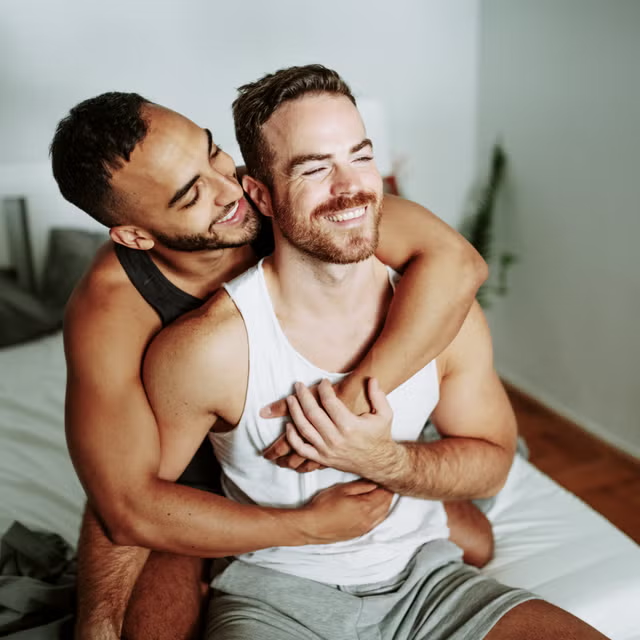

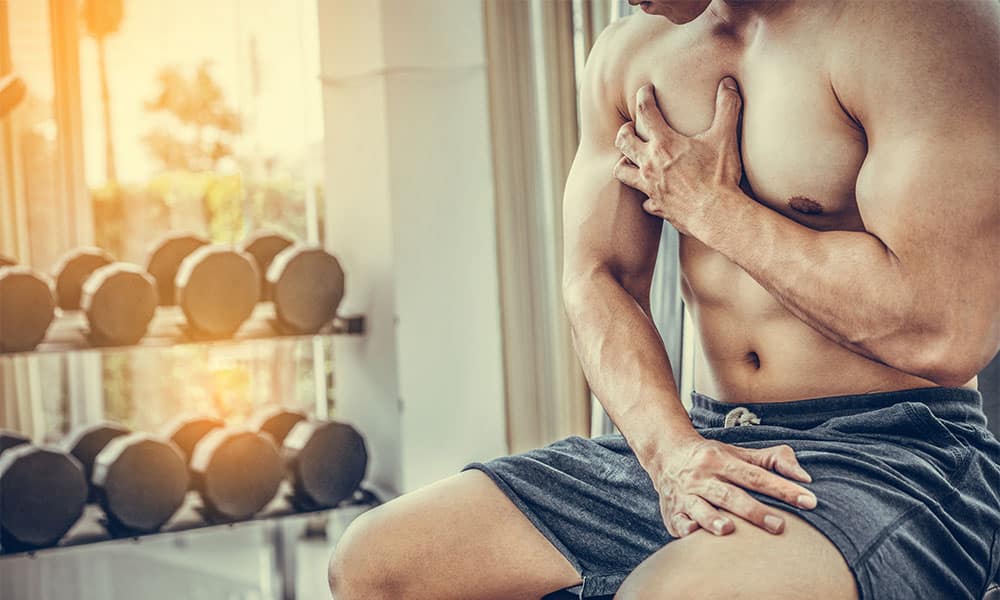
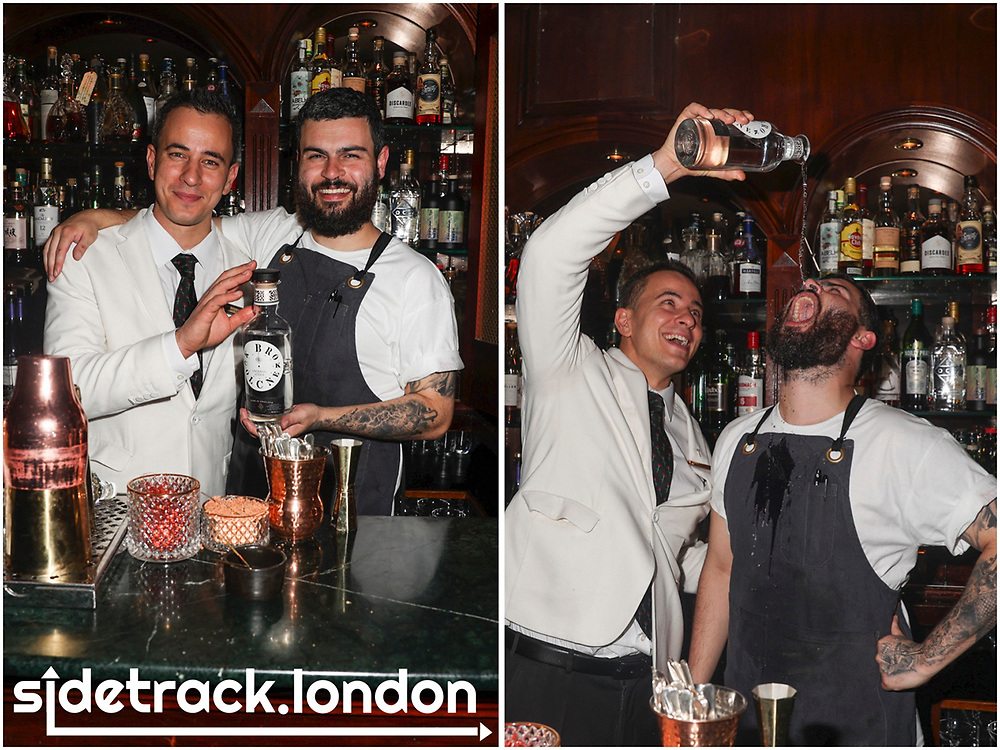


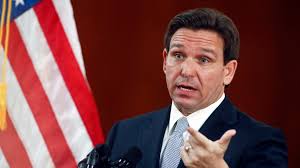



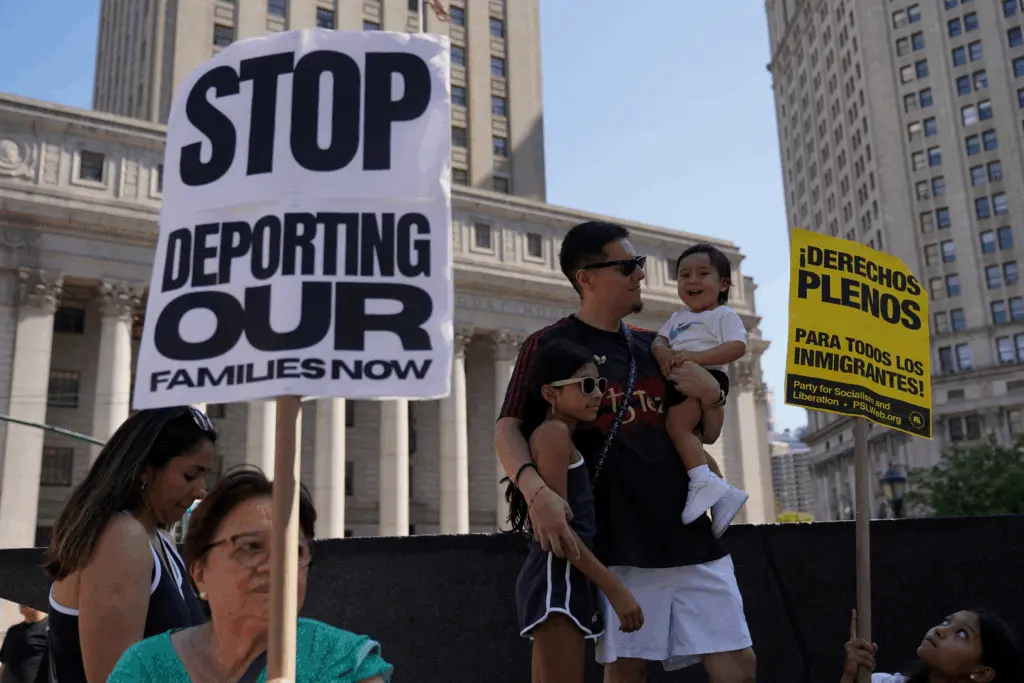
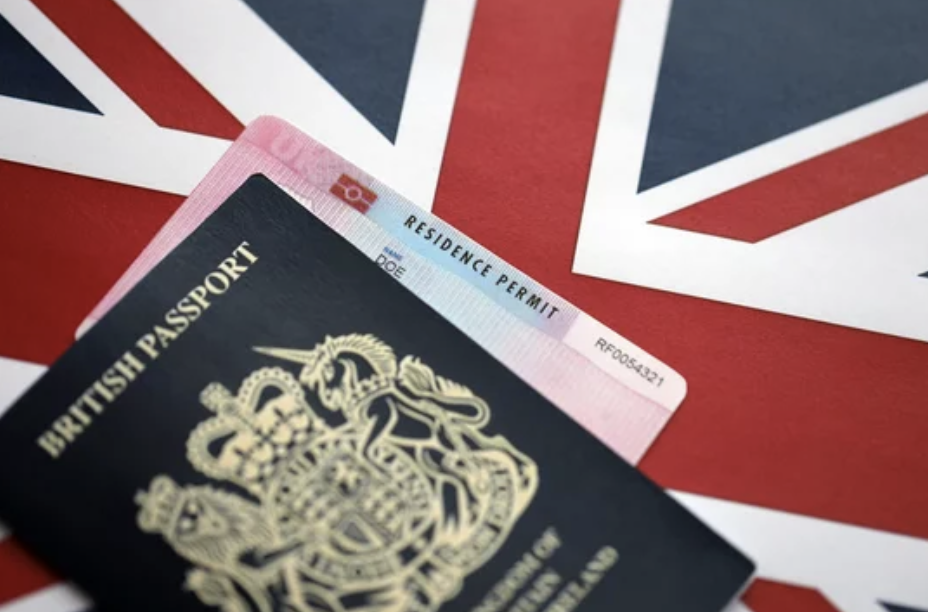
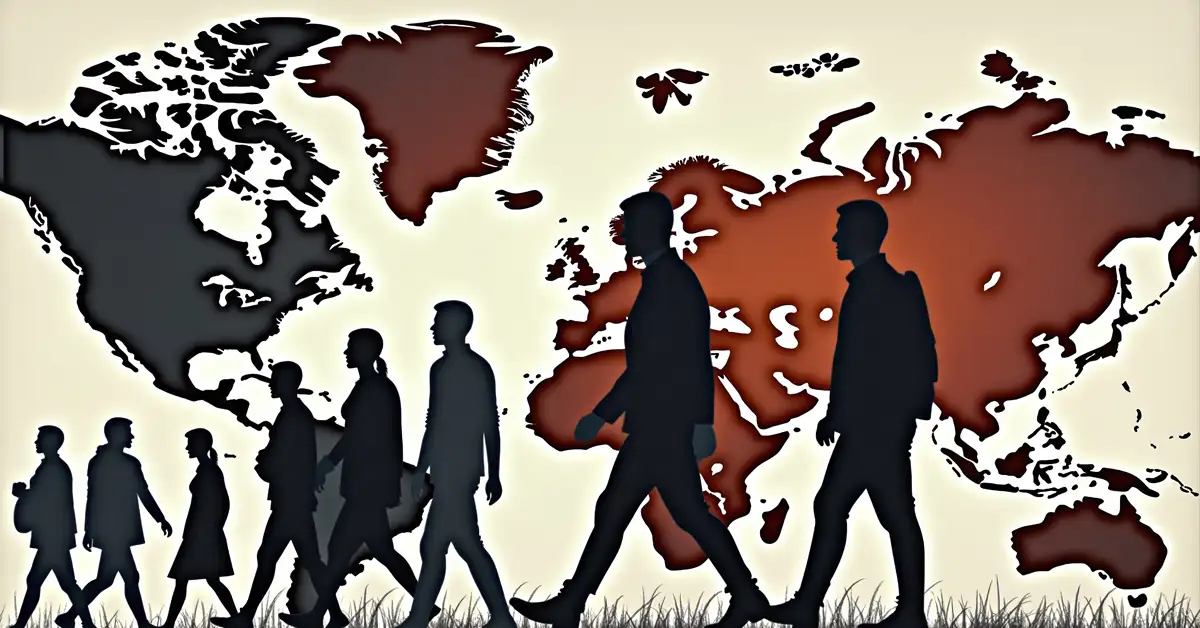
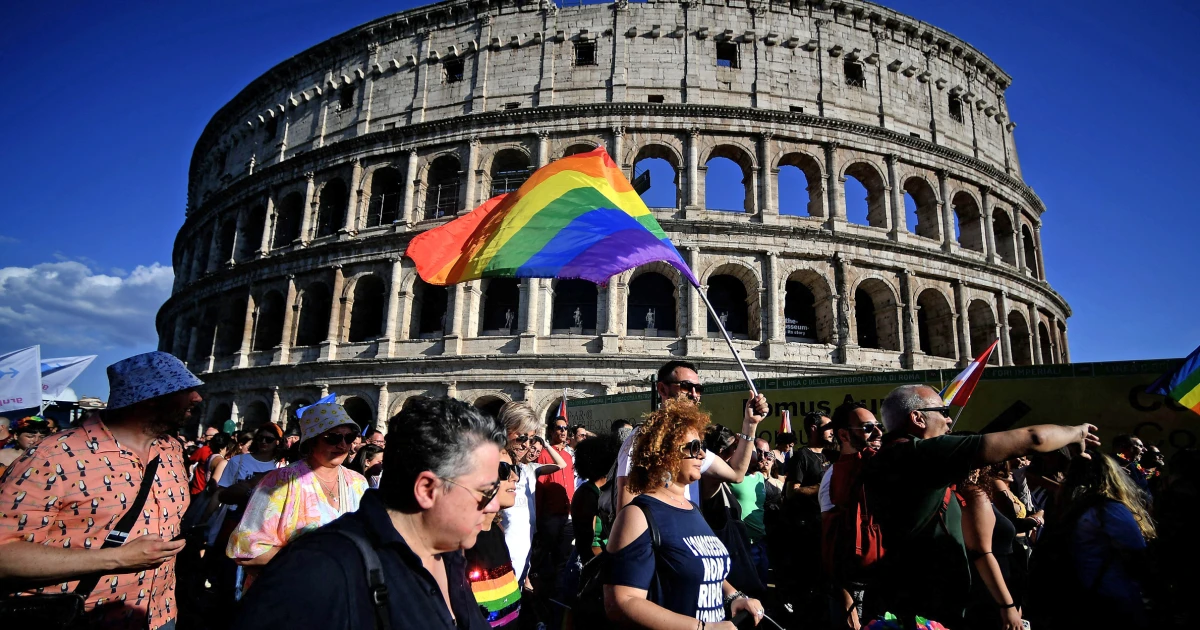

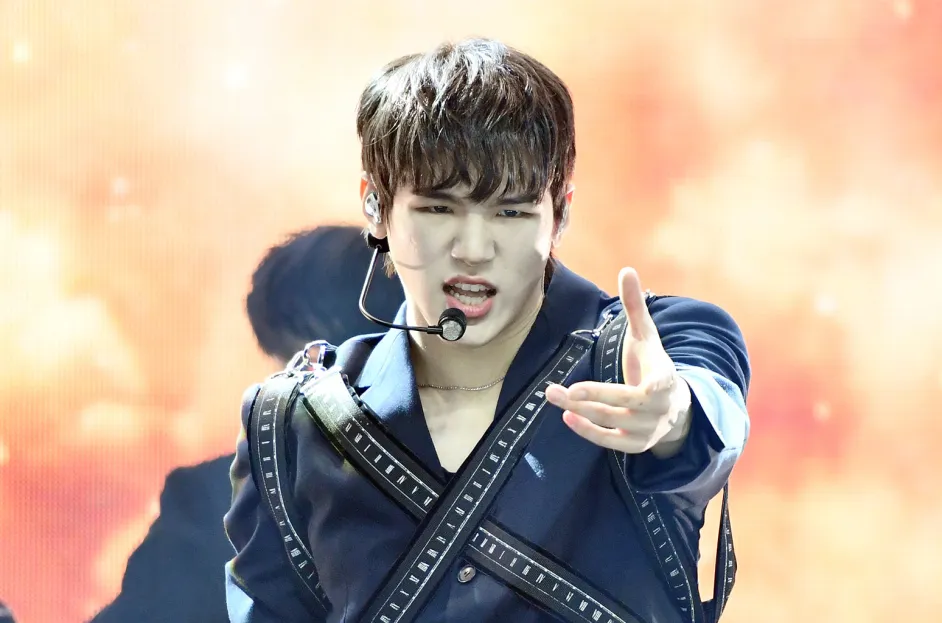

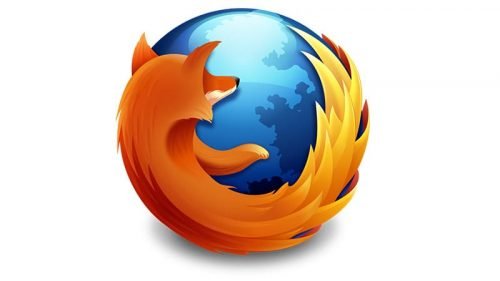
0 Comments